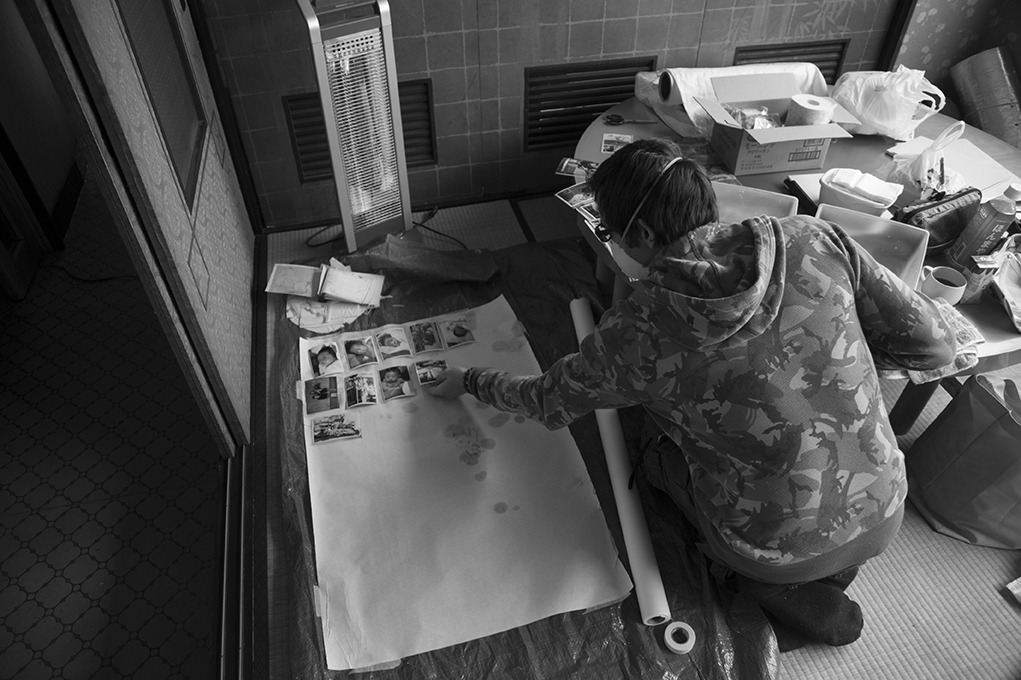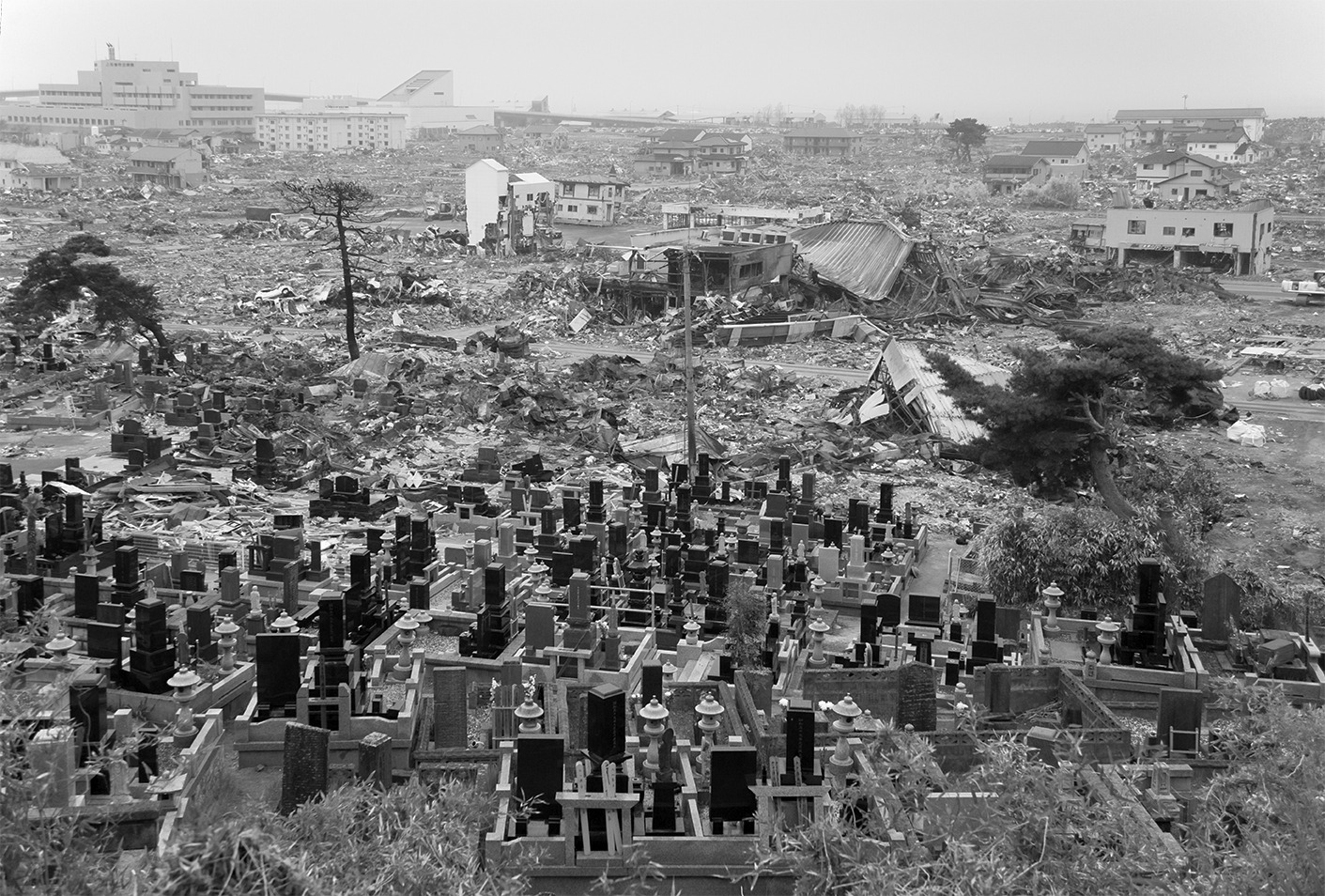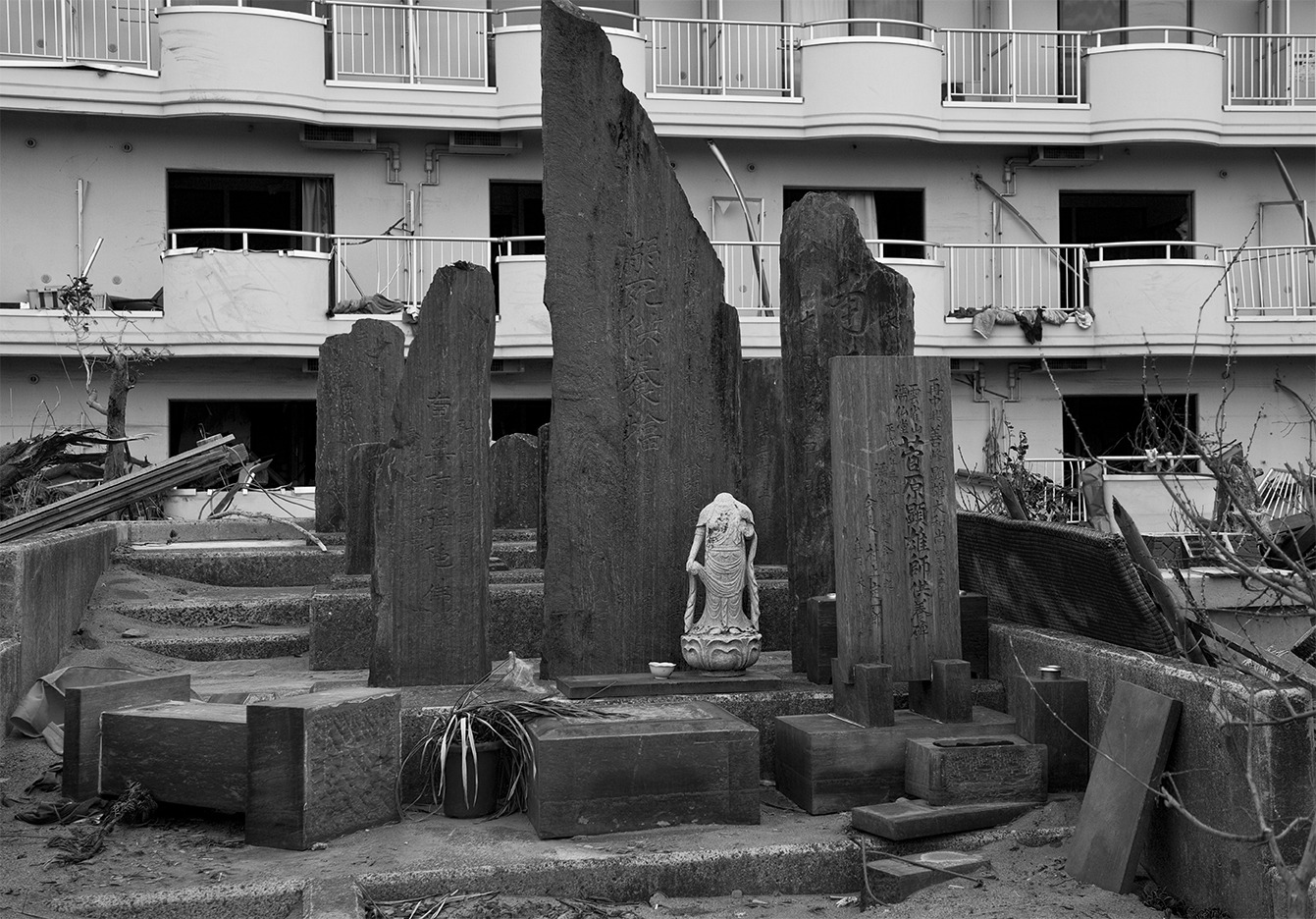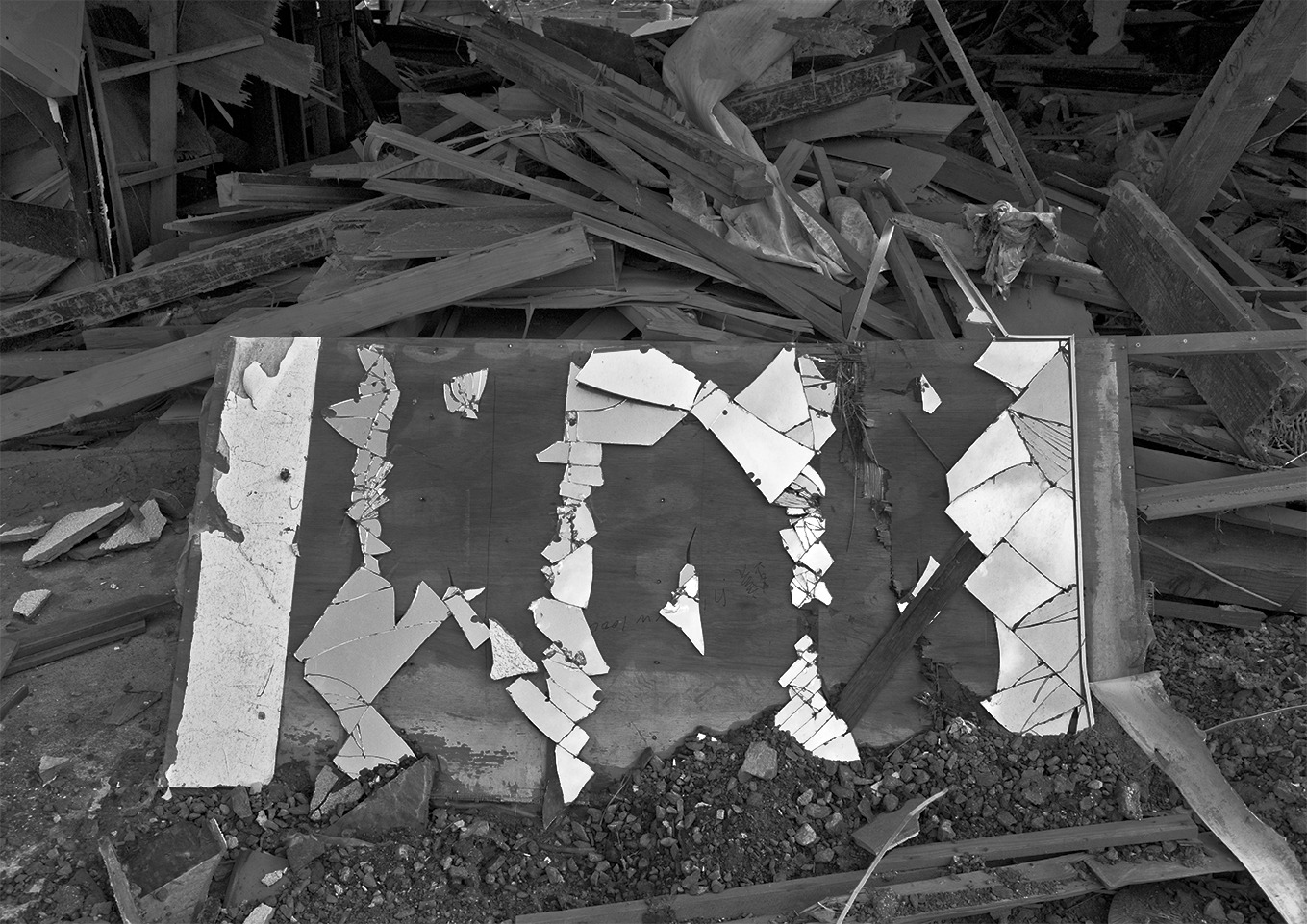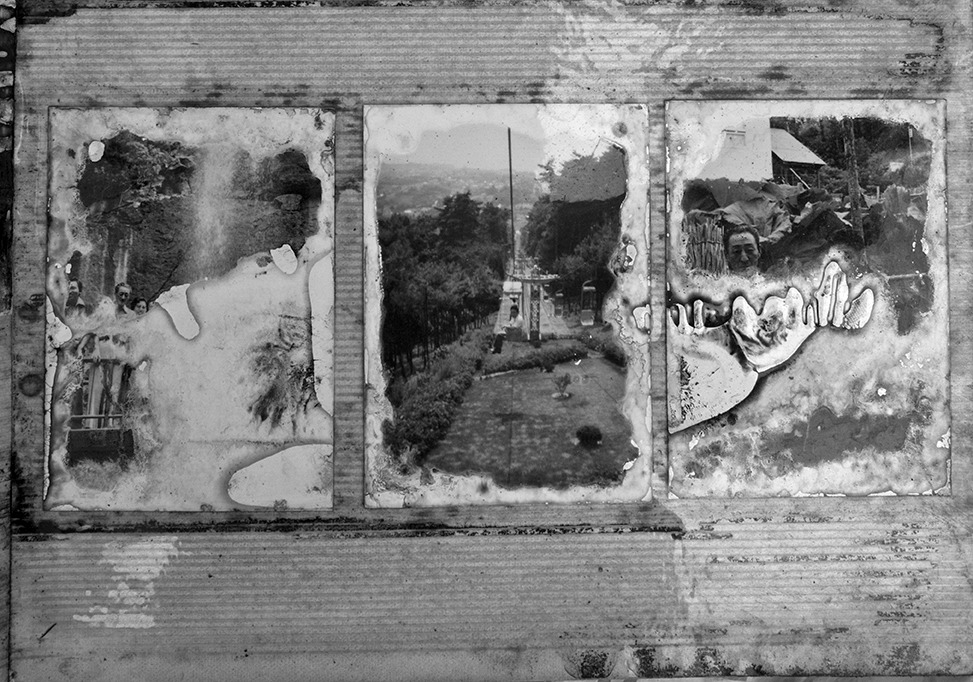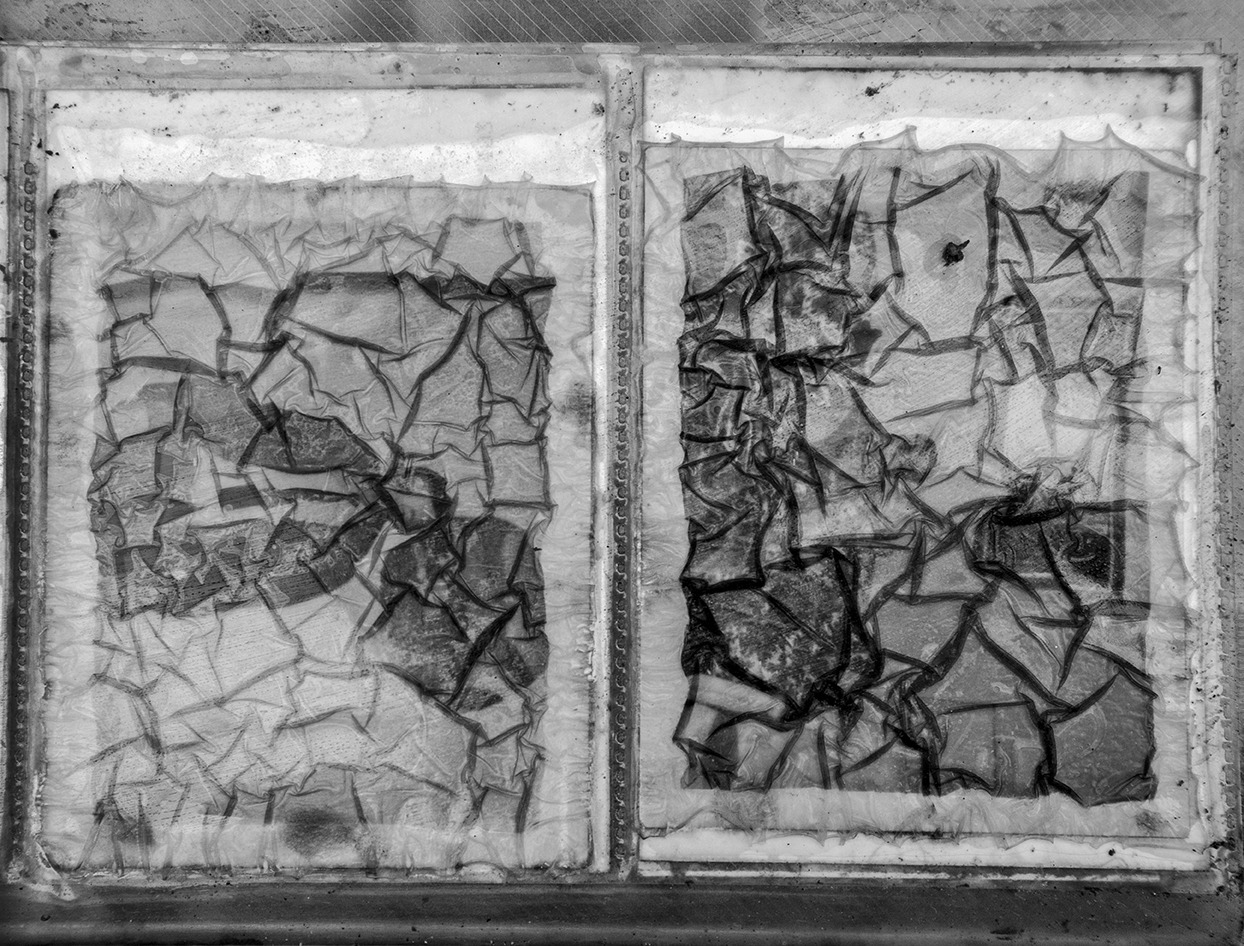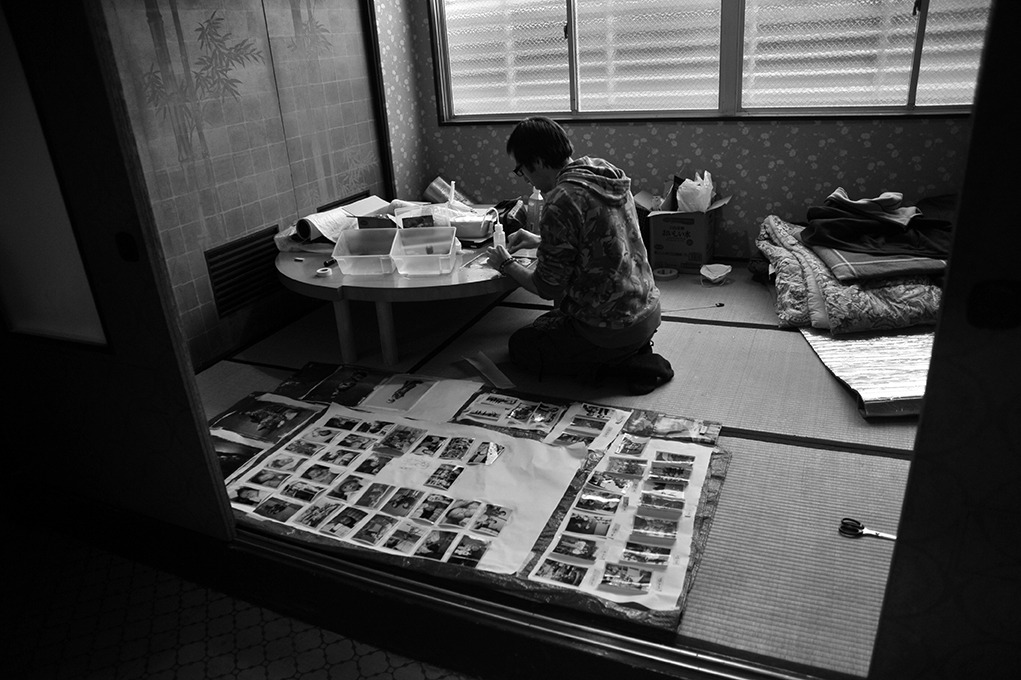[D]eeply affected by the tragic events of March 11th in Japan, art photographer Tomas Svab (23 Art Factory) and John Einarsen (founder of Kyoto Journal), both residents of Kyoto, traveled to Ishinomaki, one of the cities hardest hit by the tsunami, at the end of April. They went to see if they could set up a system to help people restore precious photographs that had been damaged in the disaster. Thus the Restoring Memories Project (RMP) was born.
In Ishinomaki, Tomas and John were supported by the Nakayama family, whose daughter, Masami, was a good friend of Tomas’s wife, Saori Svaboda. The Nakayama family business, a chuka-soba restaurant located in central Ishinomaki, was destroyed by the tsunami, but fortunately all family members managed to escape safely.
Tomas and John stayed with the Nakayamas, meeting with other families from the Chuo and Kadonowaki neighborhoods of Ishinomaki. Most of them were still waiting for temporary housing or cleaning hedoro (toxic, tsunami-generated sludge) from what was left of their homes and businesses. Although some families weren’t ready to think about restoring their damaged photographs, many others were. They handed over (or later mailed) some of their family photographs they felt were important enough to have restored. Many photographs had been damaged by seawater and had thin layers of hedoro on their surface.
With the help of the Nakayamas, Tomas and John also visited the local newspaper, radio station, and city office to promote RMP. They also put up flyers about the project on damaged houses within the city.
Back in Kyoto, Tomas and Saori set up a studio at their house for washing photos and rephotographing different sizes of water-damaged prints using a hand-built copy stand. Tomas also set up a RMP website. Volunteer retouchers who register there are then able to download, restore and upload images. So far 25 people—photographers, artists, graphic designers and students from in Japan and overseas — have signed on. Saori does essential translation work and has organized a system to keep track of all of the photographs.
So far, over 200 photos have been sent for digital restoration to Tomas’s house in Kyoto, more are expected in the coming months. The photographs sent are often accompanied by letters explaining the circumstances around the photographs. Many have heartbreaking stories behind them. Once the photographs have been restored using Photoshop, files will be sent back to the original owners, who will then have new photographs printed at local camera shops. During all steps of the process, strict measures are taken to guard the privacy of the owners of the images and of those who appear in the images.
More recently, Mutsumi Tsuda, a photography professor at Seian Zoukei University in Shiga Prefecture, has joined the project and will have around 190 students volunteer.
